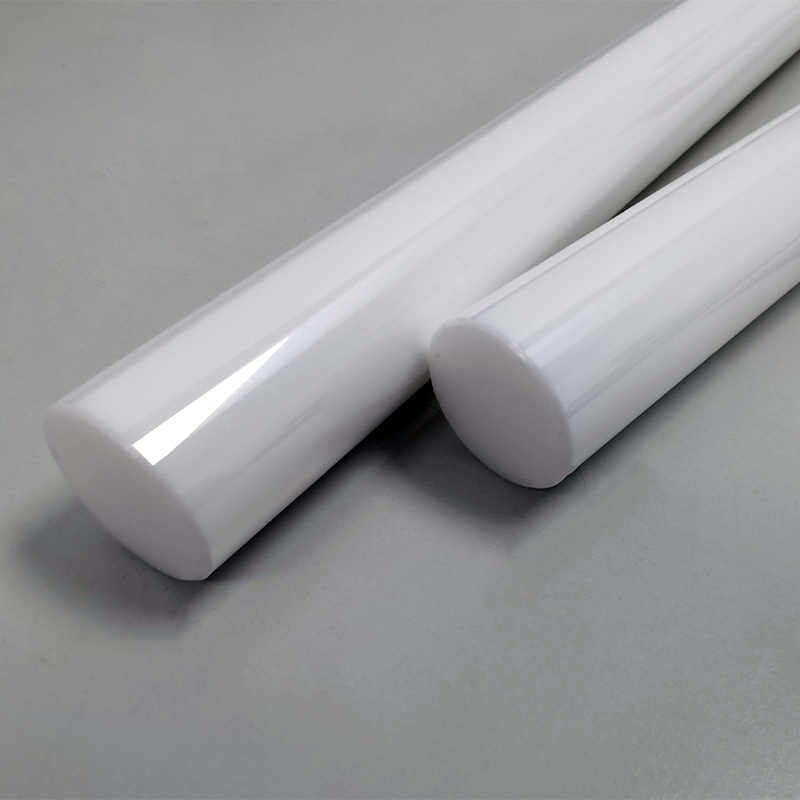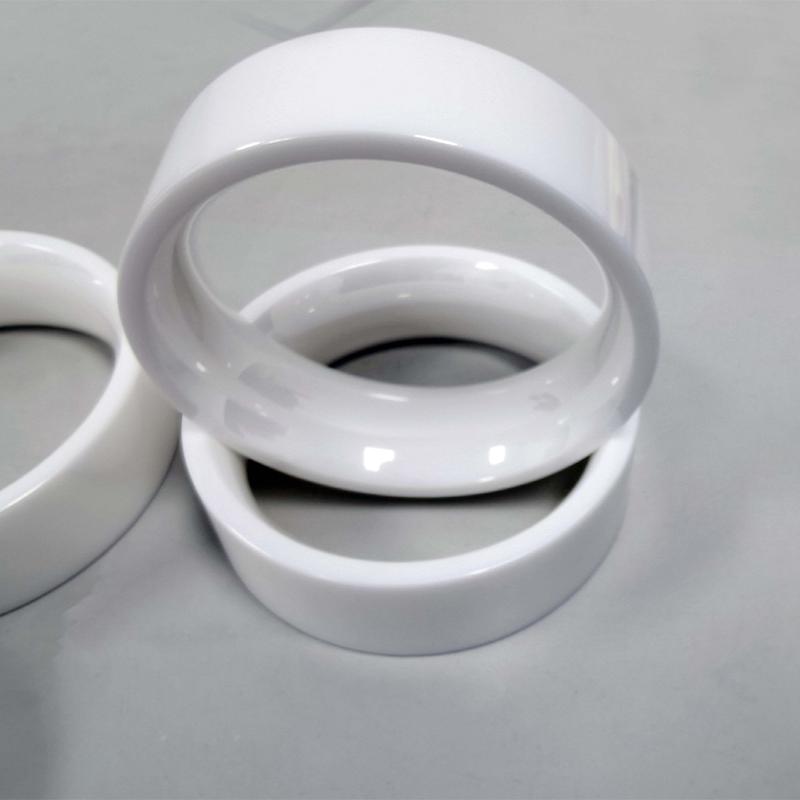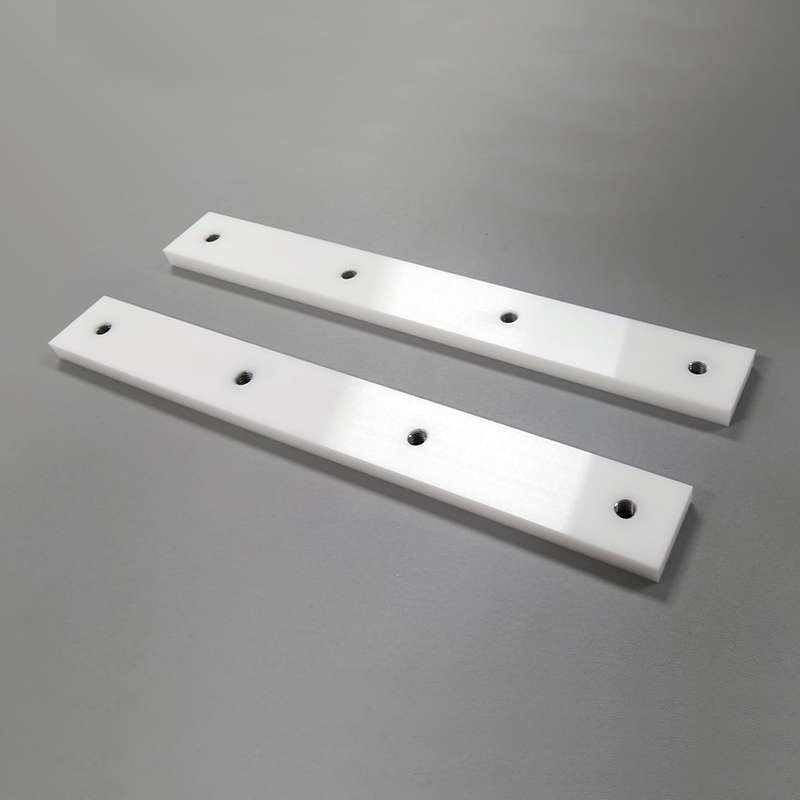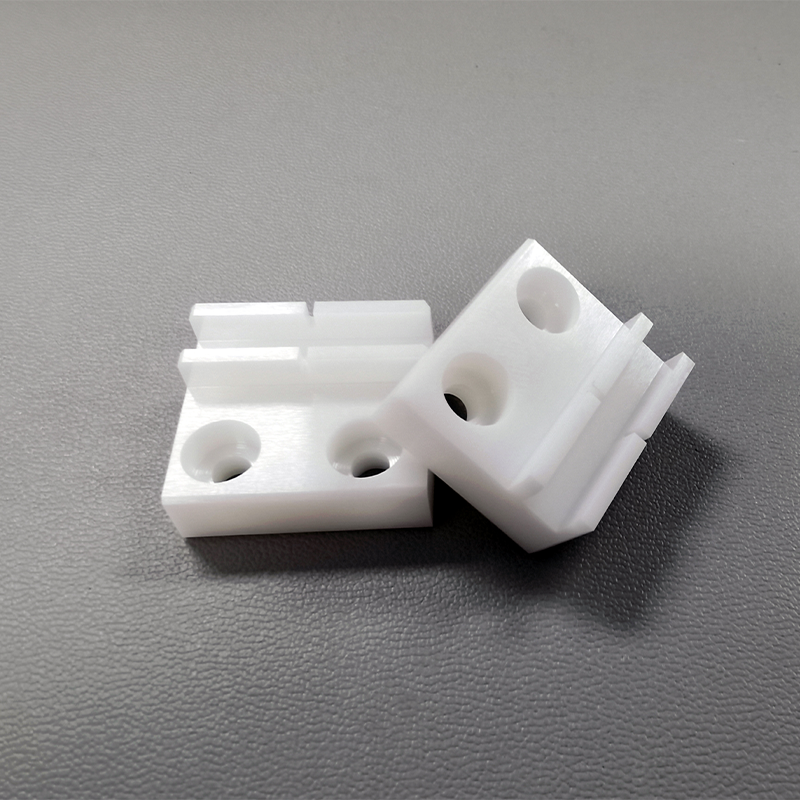What is the coefficient of friction?
The coefficient of friction refers to the ratio of the friction force to the normal force when two objects move relative to each other. It can be used to describe the influence of factors such as the degree of roughness between the surfaces of two objects, the nature of the material, and the state of lubrication on the friction. In general, the coefficient of friction is a dimensionless quantity less than or equal to 1.
The unit of friction coefficient
The coefficient of friction is a dimensionless quantity without units. Because it is the ratio of friction to normal force, and the units of friction and normal force can be Newton (N) and Newton (N) or kilogram weight (kgf), but when calculating the friction coefficient, these Units are all simplified, so the coefficient of friction itself has no units.

The difference between the coefficient of static friction and the coefficient of dynamic friction
Both the coefficient of static friction and the coefficient of kinetic friction refer to the friction relationship between the surfaces of two objects, but there are the following differences between them:
- Coefficient of static friction: When the surfaces of two objects are relatively stationary, the ratio of the generated friction force to the normal force is called the coefficient of static friction. Usually expressed with the symbol μs.
- Coefficient of dynamic friction: When two surfaces move relative to each other, the ratio of the friction force to the normal force is called the coefficient of kinetic friction. Usually expressed with the symbol μk.
In general, the coefficient of static friction is greater than the coefficient of kinetic friction, that is, when two surfaces are relatively stationary, the friction between them is usually greater than when they are in relative motion. This is because, when relatively static, there is no sliding between the surfaces of the objects, and the friction mainly comes from the interlocking effect between the surface roughness and the tiny convex parts, while in relative motion, with the sliding of the surfaces, The area of the contact points is reduced and the interlocking effect is weakened, resulting in less friction.
The relationship between friction coefficient and surface roughness
The coefficient of friction has a great relationship with surface roughness. In general, the rougher the surface, the greater the coefficient of friction.
This is because, when two surfaces are in contact, the actual contact area is smaller than the theoretical contact area due to the existence of surface roughness. Under the action of friction, the tiny raised parts will lock into each other, causing friction between the two surfaces. When the surface is rougher, there is more contact between the raised parts and there is more friction.
When the coefficient of friction needs to be reduced, measures such as improving surface smoothness and using lubricants can be taken to improve. For example, after the surface of machine parts is polished and polished, the surface roughness is reduced, and the friction coefficient is also reduced.
Coefficients of friction for common metals, plastics, and advanced ceramics
The coefficient of friction of different metals, plastics and advanced ceramics can vary, and the same material can have a different coefficient of friction with different surface treatments. The following are some common materials and their coefficient of friction data within their approximate ranges for reference:
1. Metal:
- Steel: Static friction coefficient 0.4~0.8, dynamic friction coefficient 0.25~0.6
- Copper: Static friction coefficient 0.3~0.8, dynamic friction coefficient 0.15~0.5
- Aluminum: static friction coefficient 0.2~0.5, dynamic friction coefficient 0.1~0.35
2. Plastic:
- Polyethylene (PE): static friction coefficient 0.2~0.6, dynamic friction coefficient 0.1~0.4
- Polyvinyl chloride (PVC): static friction coefficient 0.4~0.6, dynamic friction coefficient 0.2~0.4
- Nylon (PA): static friction coefficient 0.3~0.6, dynamic friction coefficient 0.18~0.35
3. Advanced Ceramics:
- Aluminum oxide (Al2O3): static friction coefficient 0.6~1, dynamic friction coefficient 0.4~0.8
- Silicon carbide (SiC): static friction coefficient 0.3~0.7, dynamic friction coefficient 0.2~0.5
- Silicon nitride (Si3N4): static friction coefficient 0.3~0.7, dynamic friction coefficient 0.2~0.5
The above data are for reference only, in fact the coefficient of friction of different materials will be different under different conditions. In addition, due to the influence of test methods, sample preparation and other factors, there may also be some differences in test results.
Friction coefficient of yttrium stabilized zirconia ceramics
Polishing the surface of zirconia ceramics can significantly improve its surface finish and reduce surface roughness, thereby reducing its coefficient of friction. Polished zirconia ceramics generally have a lower coefficient of friction than untreated zirconia ceramics.
Specifically, the friction coefficient of surface-polished zirconia ceramics is related to specific conditions, including the preparation method, process parameters, surface polishing method, polishing agent selection and other factors of zirconia ceramics, which will affect its friction performance. Generally speaking, the static friction coefficient of polished zirconia ceramics can be reduced to about 0.2~0.3, and the dynamic friction coefficient is about 0.1~0.2, but the specific values still need to be tested according to the actual situation.
Why use zirconia ceramics as friction-resistant parts?
- Low coefficient of friction: Zirconia ceramics have a smooth surface and a very low coefficient of friction, which can effectively reduce friction loss and energy loss between parts.
- High hardness and strength: Zirconia ceramics are very hard and can withstand high pressure and high load. At the same time, its strength is also very high, and it is not prone to fatigue fracture and cracking.
- Good wear resistance: Zirconia ceramic material has good wear resistance, even in harsh working environments, it will not lose its performance due to long-term wear.
- Strong corrosion resistance: Zirconia ceramics have good corrosion resistance. Even if they are used in strong corrosive media such as acid, alkali and salt for a long time, they are not prone to oxidation and corrosion.
In summary, zirconia ceramics have been widely used in industry, medical and other fields due to their low friction coefficient, high hardness and strength, good wear resistance, and strong corrosion resistance.
Zirconia ceramic custom processing factory
Great Ceramic is a professional zirconia ceramic manufacturer for your technical ceramic needs. We are always happy to draw on our many years of experience in technical ceramics to advise on materials, design and applications. If you are looking to purchase zirconia plates, gaskets, rods or custom machined parts, please contact us and each of our experts will be happy to assist you.











